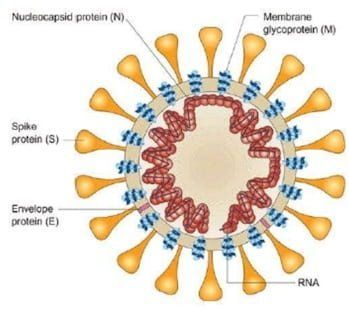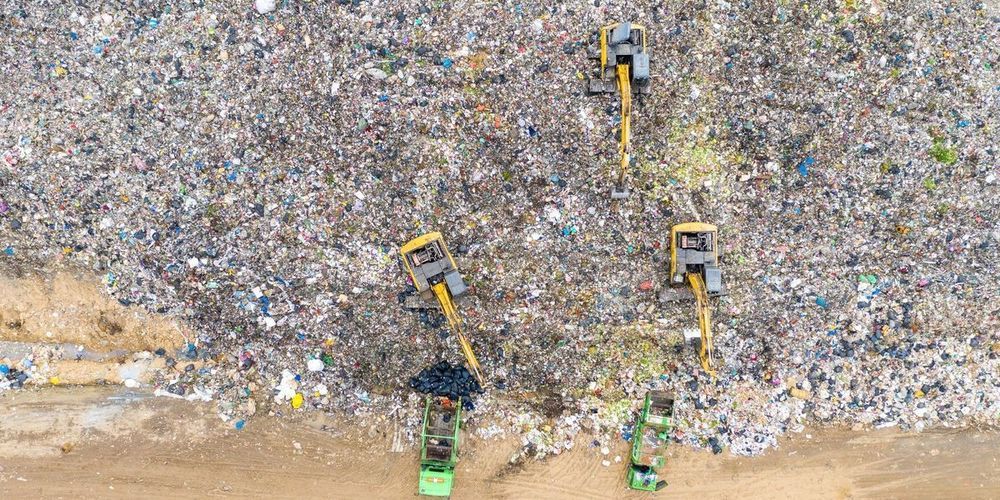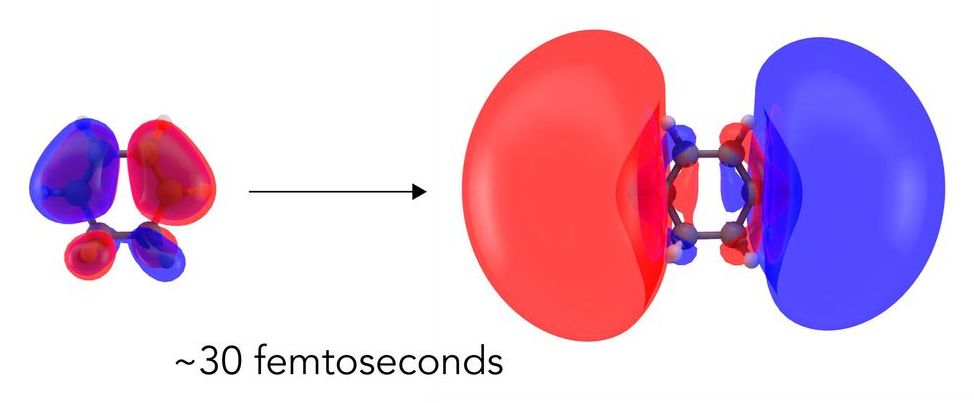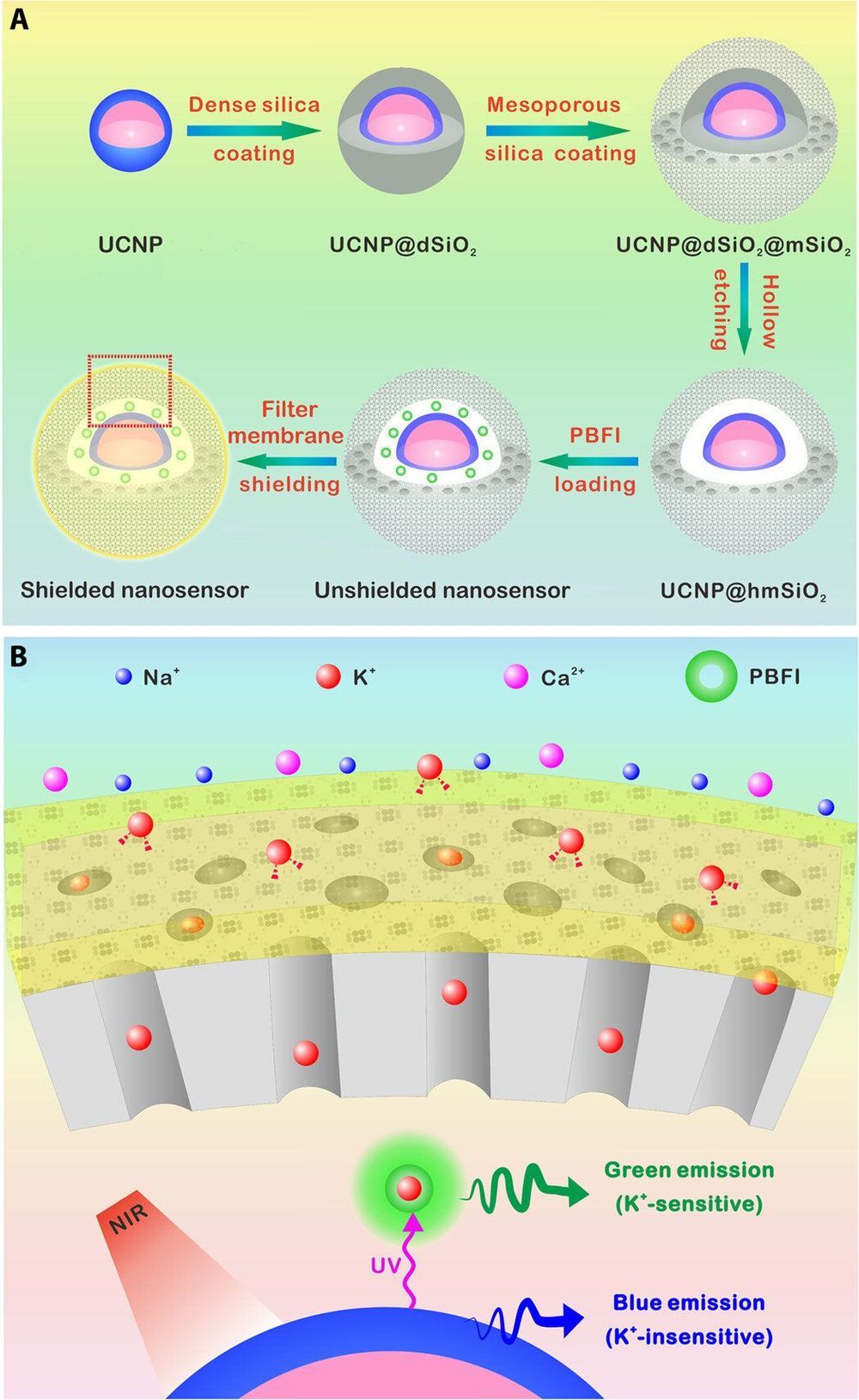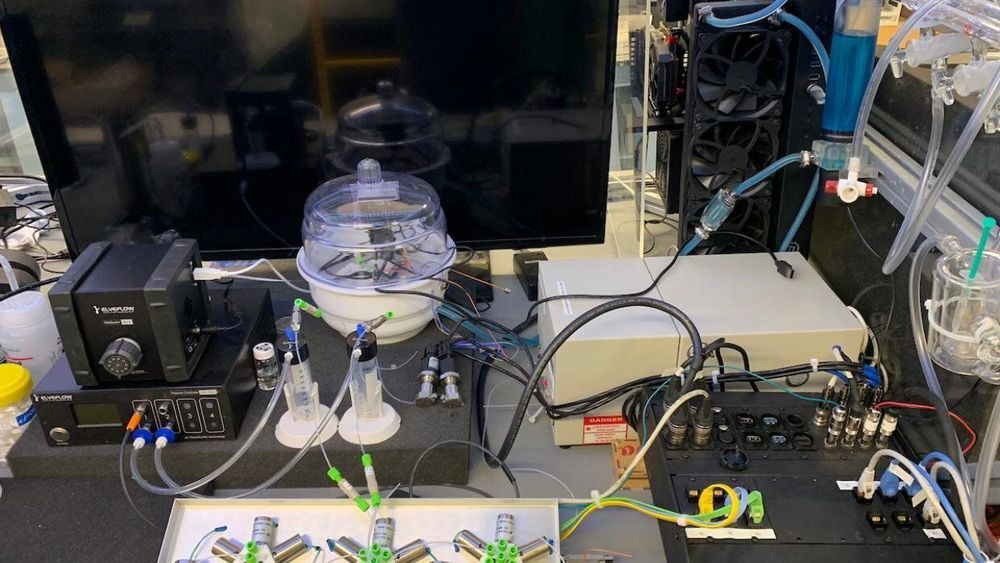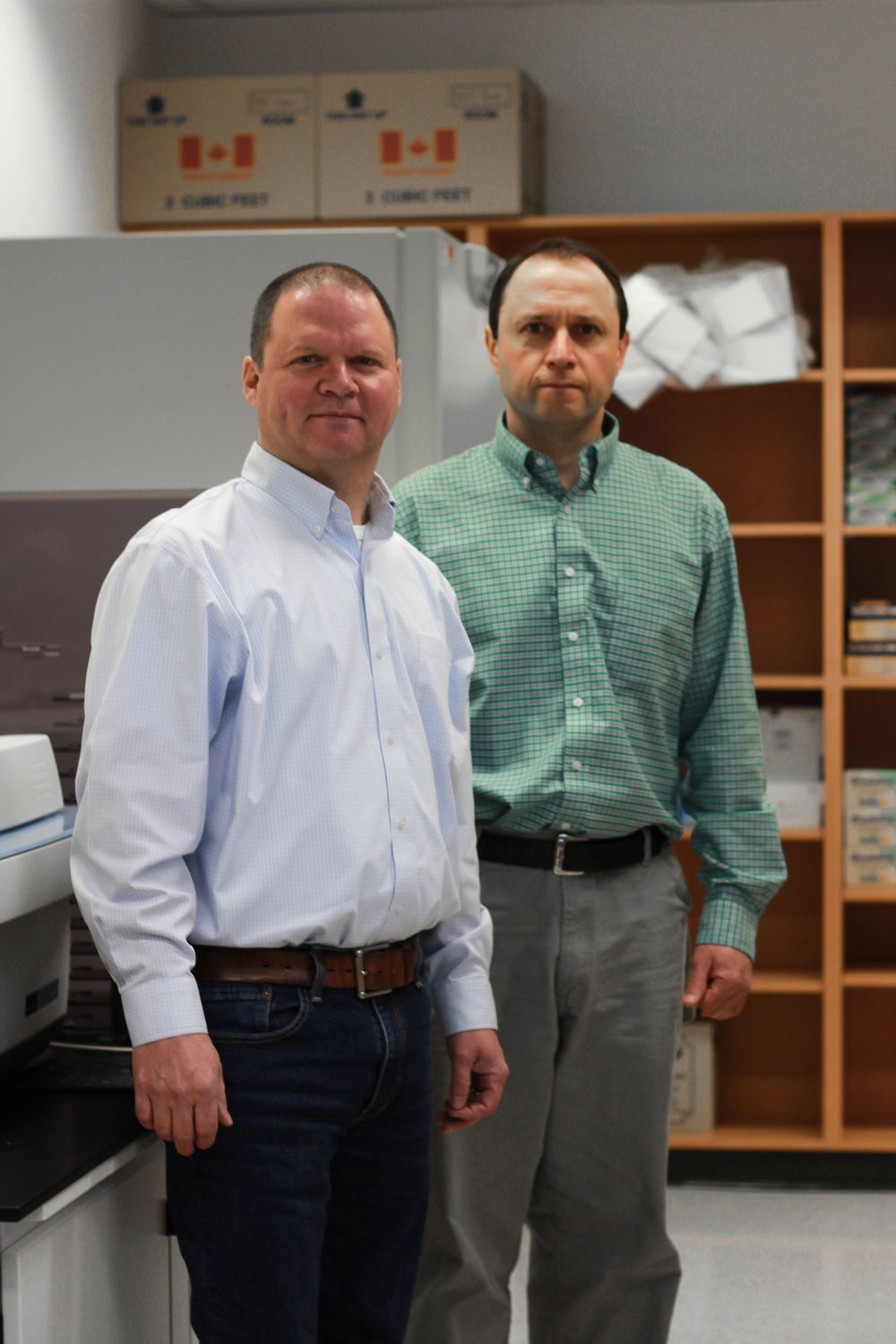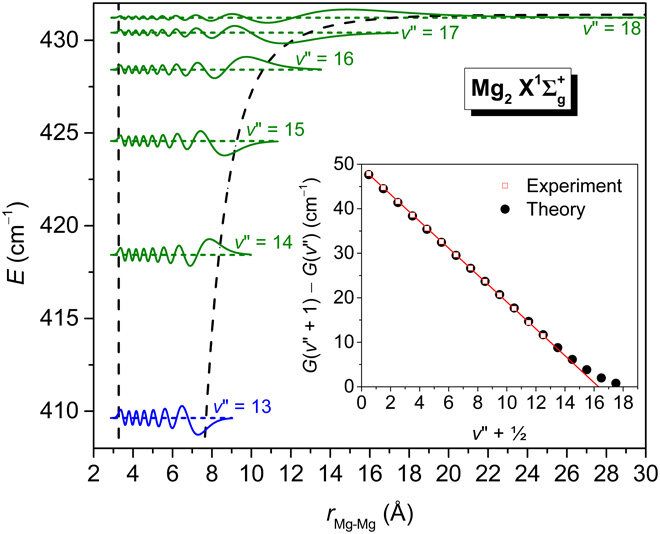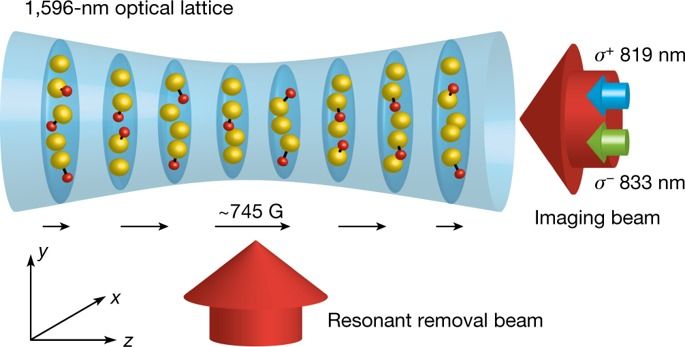May 4, 2020
Photocatalysis Could Be Used to Inactivate Coronaviruses
Posted by Omuterema Akhahenda in categories: biotech/medical, chemistry, nanotechnology
HOUSTON, May 1, 2020 — Rice University researchers plan to reconfigure their wastewater-treatment technology to capture and deactivate the virus that causes COVID-19. Their chemical-free nanotechnology, introduced earlier this year as a way to kill bacterial “superbugs” and degrade their antibiotic resistance genes in wastewater, will use graphitic carbon nitride to selectively adsorb viruses and then disable them by activating nearby catalysts with light. The team believes that this photocatalytic approach to disinfection — what it calls the “trap-and-zap” treatment approach — could be used to recognize coronaviruses that cause not only COVID-19 but also MERS and SARS.
